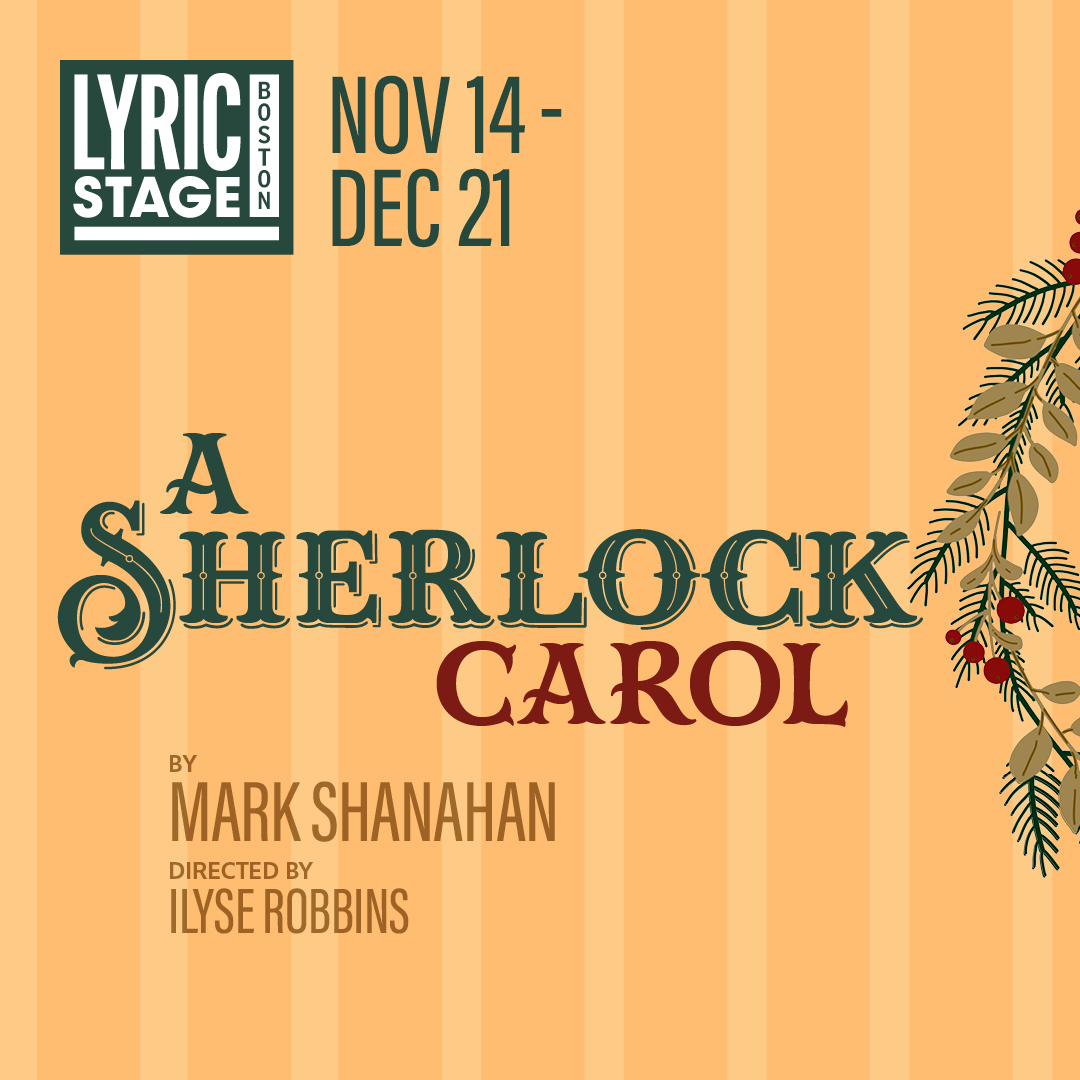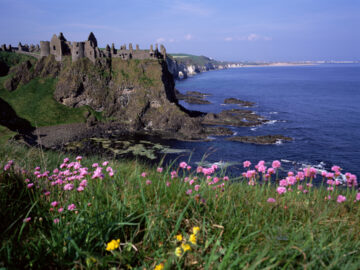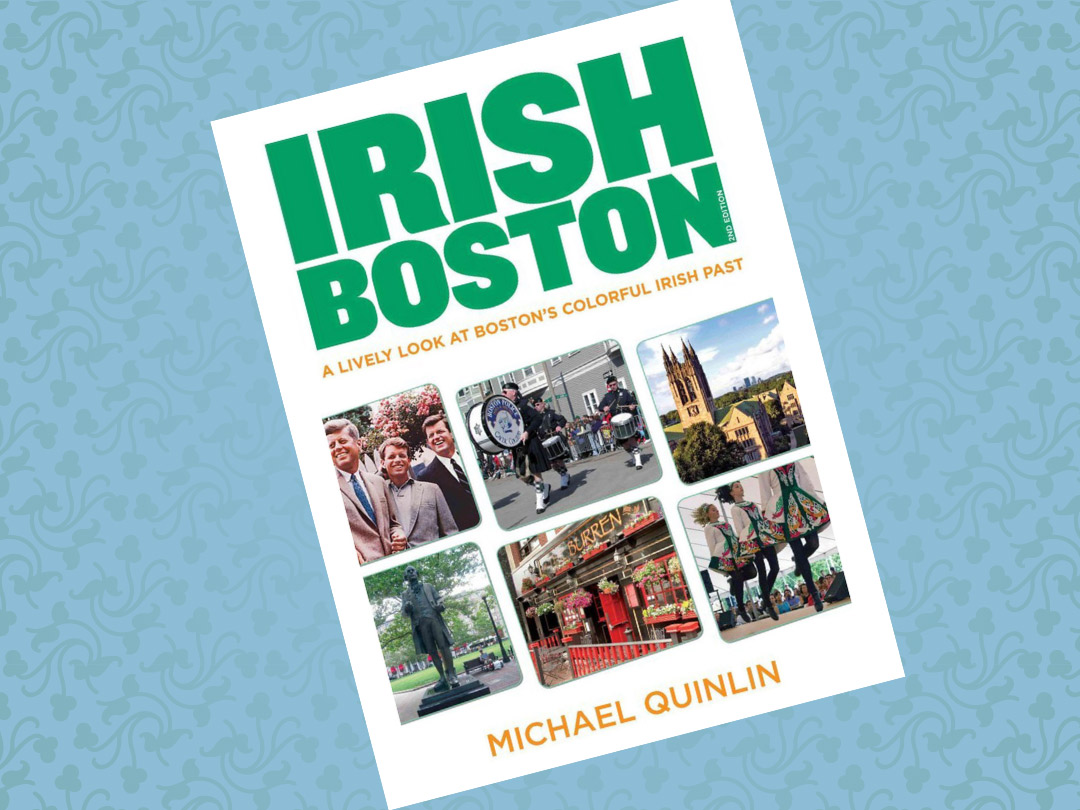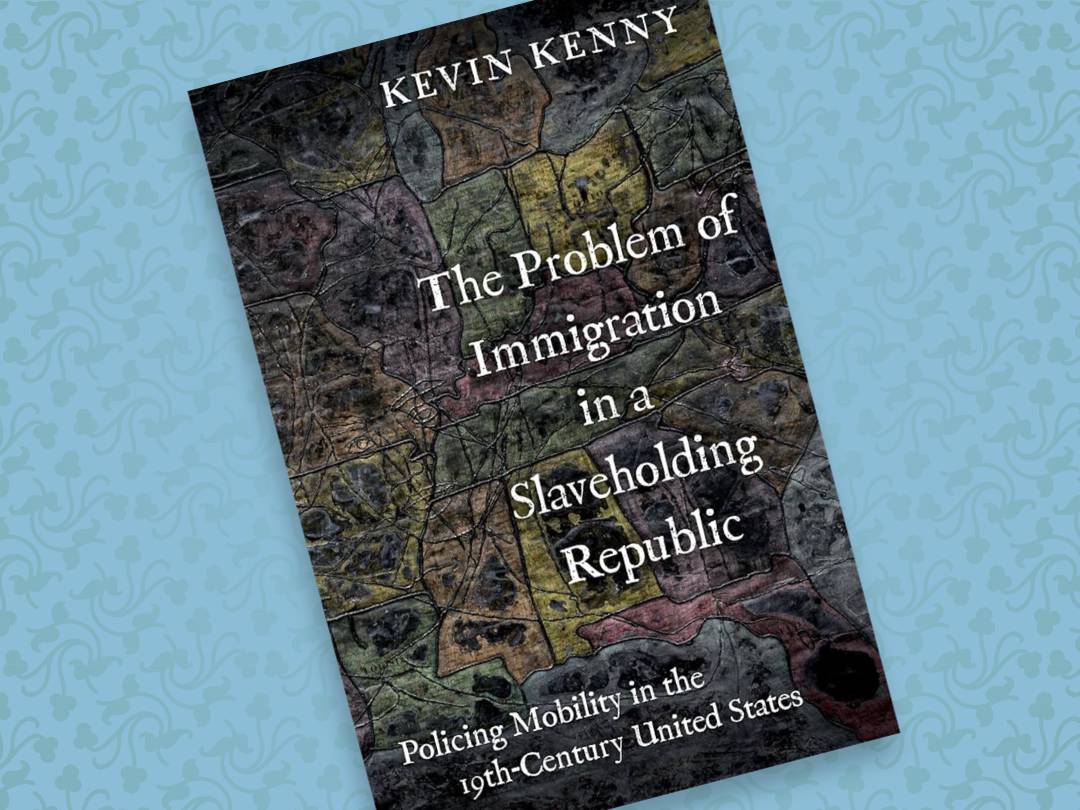The Ordnance Survey and Modern Irish Literature

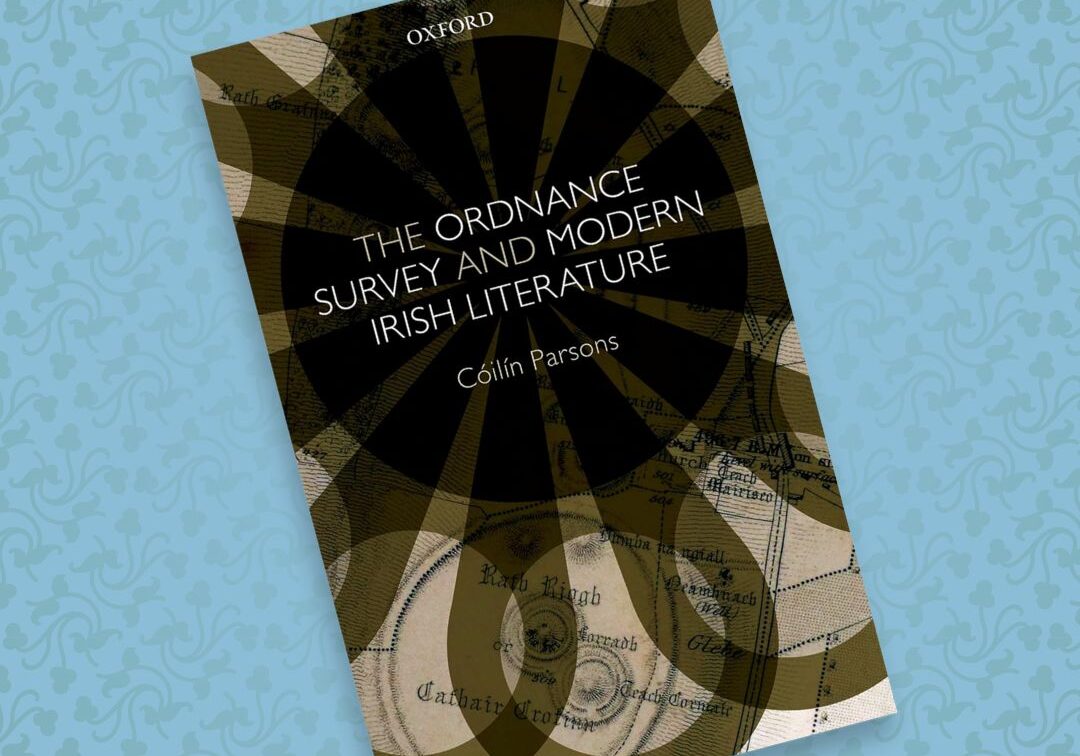
Cóilín Parsons
Literature and history are inextricably linked in Ireland. Wandering bards and minstrels, then novelists, essayists and poets, measured every inch of the Irish experience on this tiny island. Cóilín Parsons, English professor at Georgetown, examines ways in which Irish writers viewed the Ordnance Survey of Ireland, a massive 22 year public works project created in 1824 by the British government. In order to update land valuations and taxes, surveyors measured the entire island on a scale of 6″ to a mile, offering a detailed scale of Ireland, from parish halls and barracks, stone walls and hidden vales. How Irish writers responded to the Ordnance Survey is the focus of Parsons’ inquiry. He starts in the 19th century with John O’Donovan, George Petrie and James Clarence Mangan, then proceeds to John M. Synge, James Joyce and Samuel Beckett. Parsons ably tackles large topics, from literature, memory and modernism to colonialism mapmaking and historiography. He makes a compelling and well-wrought case that the Ordnance Survey proved to be “a defining point in the cultural history of Ireland.”
Oxford University Press global.oup.com/academic | 272 pp. | Hardcover | June 2016 | $90
Enjoy articles like this?
Join our mailing list and have the latest sent to your inbox.


